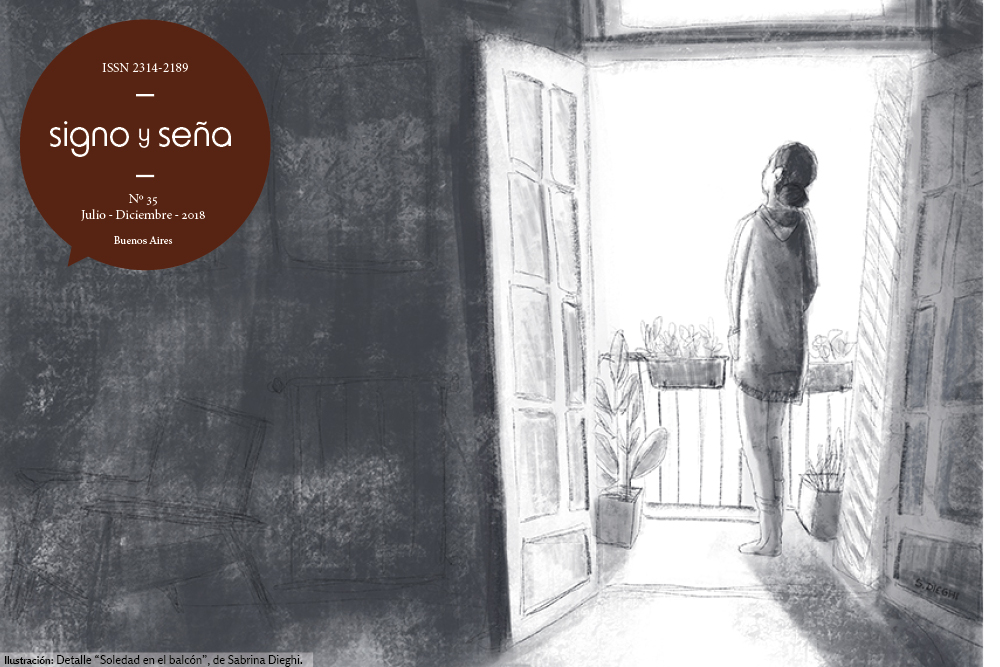The tripartite morphological correspondence of the type <i>zapatería</i> ‘shoe-making’, <i>zapato</i> ‘shoe’, <i>zapatero</i> ‘shoe-maker’, according to the model based on word schemes
Keywords:
spanish word-formation, suffixes -ero and -ería, word-based morphology, tripartite morphological correspondence, jointly-liable word-formation ('formación solidaria'), organization of polysemy
Abstract
Usually the Spanish Word-formation of the kind zapatero ‘shoe-maker’ and zapatería ‘shoe-making’ is analyzed by a pair of suffixes that are added to a base. In this sense, it is considered that the suffixes -ero and -ería are two of the most productive derivative suffixes in Spanish. However, this type of Morpheme-based analysis presents some inconsistencies: variously subjacent structures, homonym suffixes and extended polysemy. In this paper, I employ the Word-based model perspective to make a functional and schematic analysis of the Spanish Word-formation of the kind zapatería ‘shoe-making’, zapato ‘shoe’, zapatero ‘shoe-maker’. I propose a general scheme of tripartite word-formation [‘domain of x’ /Xería/N]–[‘manipulable object x’ /X/N]–[‘instrument for manipulating x’ /Xero/N]. It will be shown that this type of analysis based on word-schemes captures at best in an empirical, effective and intuitive way, all the linguistic dimensions that are at stake in this kind of word-formation, which is potentially jointly-liable (‘formación solidaria’, see Beniers 1996).Downloads
Published
2019-07-01
How to Cite
Hernández Quiroz, A. (2019). The tripartite morphological correspondence of the type <i>zapatería</i> ‘shoe-making’, <i>zapato</i> ‘shoe’, <i>zapatero</i> ‘shoe-maker’, according to the model based on word schemes. Signo & Seña, (35), 127-150. https://doi.org/10.34096/sys.n35.6941
Issue
Section
Articles
- Authors keep the copyright and give the journal the right of the first publication, with the work registered with the Creative Commons Attribution-ShareAlike 4.0 International License, which allows third parties to use what is published whenever they mention the authorship of the work and the first publication in this magazine.
- Authors can make other independent and additional contractual agreements for the non-exclusive distribution of the article published in this journal (eg, include it in an institutional repository or publish it in a book) as long as they clearly indicate that the work It was published for the first time in this magazine.
- Authors are allowed and recommended to publish their work on the Internet (for example on institutional or personal pages).

















